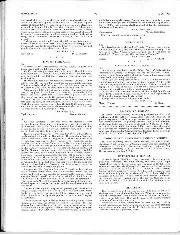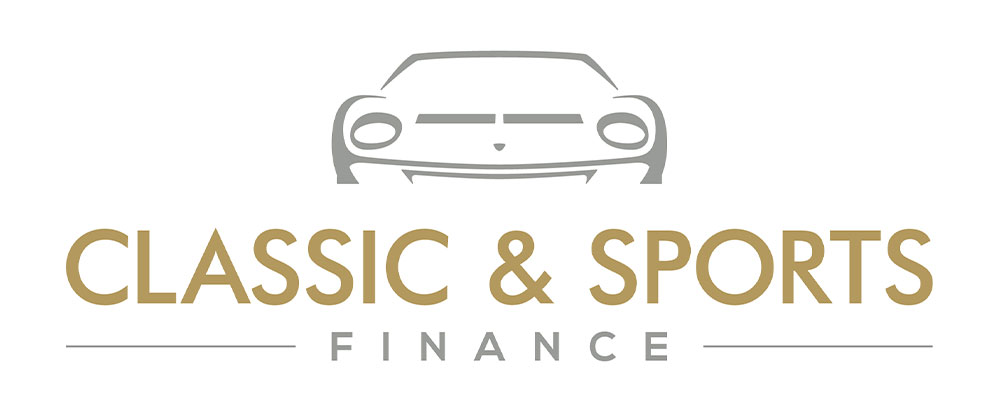
Roads in N.E. England
The latest "Roads Matter," beautifully produced and illustrated publication of the B.R.F., concerns itself with N.E. England. It puts a very strong plea for a proper trunk-road system in Durham…
The Ford Mustang was well on the way to icon status even before Wilson Pickett sang about one, Steve McQueen was chased in one and Carroll Shelby started to tinker with one. The place of the original ‘pony car’ in American culture was merely cemented by Motown, Hollywood and the success of hot versions on the race track.
The first incarnation of a model that continues in production to this day was a runaway sales success from the get-go. Orders were taken for 22,000 cars in the first day alone after its launch in April 1964 at the New York World Fair the day after Ford paid for simultaneous infomercial broadcasts across TV networks the previous evening.
More than 400,000 had been sold after 12 months, a figure that required Ford to open two additional production facilities to meet demand. It took 18 months for the one million figure to be surpassed.
Ford grandee Lee Iacocca, the father of the Mustang, correctly summised — he famously called it a “hunch” — that the public had an appetite for a cheap and, in American terms, small two-door sports car (the first-generation Mustang was deemed to be in the compact class). His masterstroke was pitch the car with cut-to-the-bone sticker price and a bulging catalogue of extras.
Bucket seats were standard, but not a lot else. Every engine option up from the standard 101bhp in-line six was listed as an extra. Yet nearly three quarters of the cars were sold with V8s of either 260 or 289 cubic inch displacement, that’s 4.3 or 4.7 litres to us. Three versions of the bigger-capacity eight were available with up to 271bhp.
“Buyers averaged $1000 of extras, on a car costing $2368”
Buyers averaged around $1000 of upgrades on a car with a base price of just $2368. Four out of five ordered the radio, though how many rolled off the production line with the 70-buck clock and rev-counter package isn’t known.
The Mustang had been conceived in the aftermath of the disaster that was the creation of the Edsel sub-brand in 1958. The company was reputed to have lost $250 million in the short-lived venture that has become a byword for corporate failure, which is why Iacocca had just a fifth of that to develop his new sports car.
That explained why the Mustang was built on the underpinnings of the Falcon and Fairline. The mechanicals were all pre-existing, but the body, the work of Ford’s Lincoln-Mercury design studio, was all new. The long bonnet was devised to hint at the power that lay beneath — at least if the buyer specified a V8.
The first Mustangs are known as 1964 ½ cars, though they were given 1965 VIN numbers. The evolution of Ford’s eternal sports car started almost immediately. A fastback was introduced during the ’65 model year and there were changes in the line-up of engines.
Shelby got his hands on the fastback that year and created the GT350 and the R version aimed at the Sports Car Club of America’s B-production class. And musicians started singing about them: Mustang Sally made famous by Pickett in ’66 was first released the year before.
McQueen drove a Shelby Mustang in the 1968 movie Bullitt. In the 1974 film Gone in 60 Seconds, a customised 1971 sportsroof – named Eleanor – became the only Mustang ever to receive a star credit. Fast forward 26 years and Nicolas Cage was coveting a 1967 fastback Shelby GT500 in the 2000 remake of the movie.
The Mustang’s place in the minds of the American motoring public had been secured long before then.

• Price new $2927 (£1045)
• Price now £18,000-80,000
• Engine 4.7-litre normally aspirated V8
• Power 271bhp
• 0-60mph 8.2sec
• Top speed 116mph
• Rivals Plymouth Barracuda, Dodge Charger
• Verdict The iconic status of the Ford Mustang is founded on the original V8
Classic Americana for some sensible money
There’s arguably no other car that is so symbolic of American culture. Whilst we can buy a new right-hand-drive Mustang in the UK, there has always been a demand for the classic models.
Two 1966 Mustang 289 hardtops sold in 2017, one for £15,400 and the other for £16,875. These are the most recent completed sales for going examples. A car stored for 30 years and requiring restoration sold in late 2018 for £6,000.
Two 1966 289 convertibles sold in November 2018, one for £19,504 (est. £18k-£20k) and the other for £22,500 (est. £25k-£30k) which would support mid-to-high teens valuations. The exception to this is the Fastback model which consistently sells above the £25,000 mark.
Some have less luck, such as one 1966 302 hardtop that’s been to auction four times since 2018 and is yet to sell, despite dropping the asking price from £22k-£26k to £18k-£20k most recently.
Prices have not fluctuated much, and with the current US$ exchange rate it is unlikely that there will be much new stock added to the market. If entering the market for a 1966 289 hardtop, a price range of £17,500 – £22,500 would seem to be prudent with figures above this only applicable for the Fastback.
Robert Johnson,
Classic and Sports Finance
